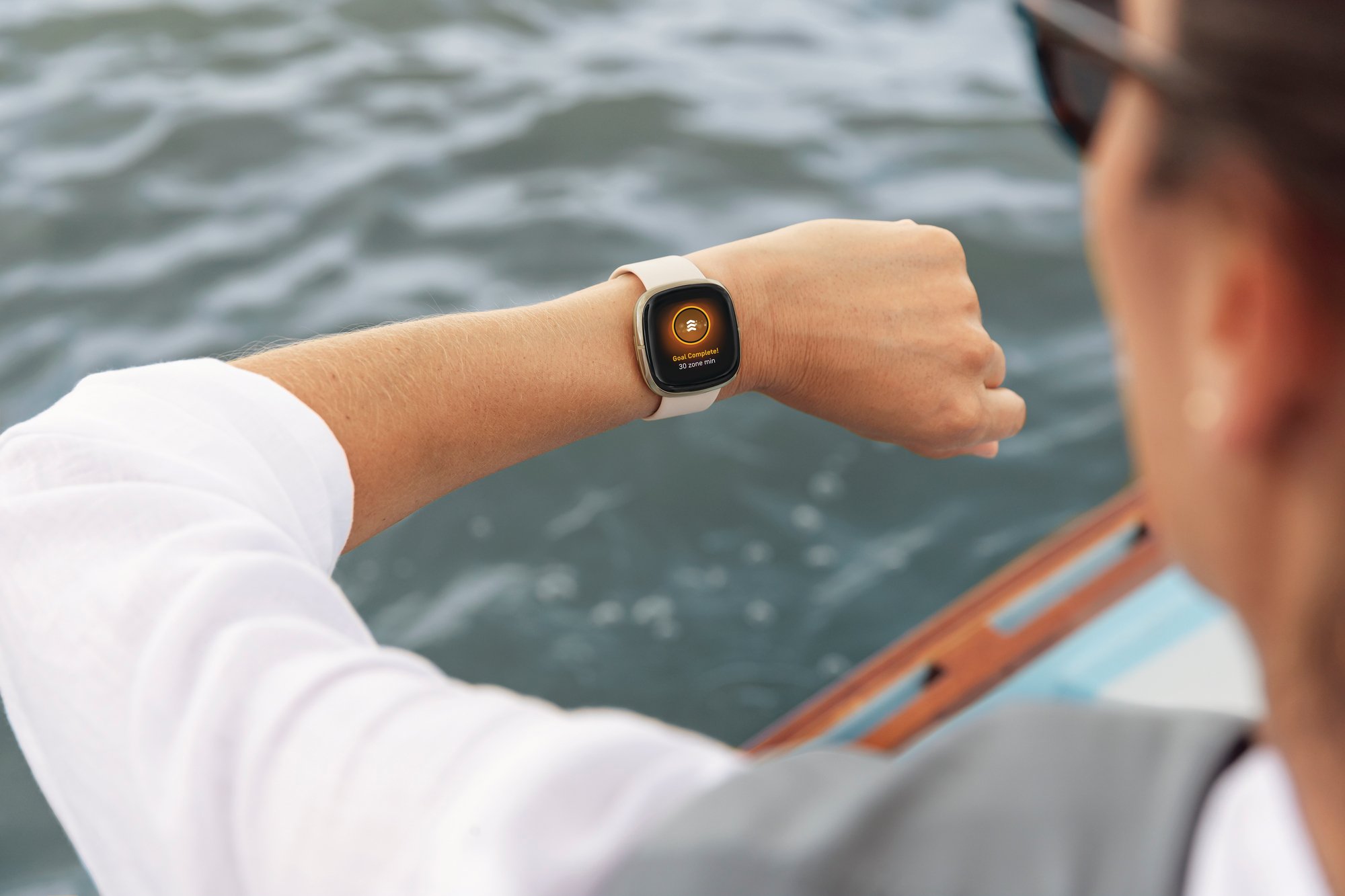Wearable maker Fitbit (FIT +0.00%) only announces its user metrics annually, so the company's earnings release earlier this week updated this data point for investors. Fitbit now has 23.2 million active users, and 50.2 million registered device users. While those figures jumped 37% and 73%, respectively -- strong growth rates, to be sure -- there are some troubling trends if you read between the lines.
You may have noticed that registered device growth outpaced active user growth by quite a bit, which suggests that the company's user engagement is heading the wrong way.

Image source: Fitbit.
Less than half of registered devices are active
For starters, if we simply look at the proportion of registered devices that are active users as a proxy for engagement, this ratio fell in 2016.
|
Metric |
2015 |
2016 |
|---|---|---|
|
Active users |
16.9 million |
23.2 million |
|
Registered device users |
29 million |
50.2 million |
|
Active percentage |
58% |
46% |
Data source: Fitbit. User figures as of end of period.
If we look further back, this has hovered right around 60%, plus or minus a few percentage points, throughout 2013 and 2015. But for 2016, it fell below 50%. This is a metric that I've tracked since Fitbit went public.
It's worth noting that Fitbit explicitly tells investors not to use this figure as a proxy for engagement: "Therefore, you should not rely on our active user metric as an indicator of the level of user retention of individual users or of continual user engagement." The company argues that since users may go through inactive periods before reactivating, active users can be bumpy over time.
But how can this not be a pertinent metric for investors? Sure, maybe don't overweight it, but there are still insights to be gleaned from the trends.
A numbers game
Let's take this a step further.
Fitbit says that 26% of all device activations throughout 2016 came from repeat customers. Of those, 20% were reactivations of users that had previously stopped using their devices. There were 21.2 million device activations in 2016, and 74% of those went to new users, which translates into approximately 15.7 million devices purchased by customers new to the platform. Meanwhile, total active users (including new and repeat customers) increased by just 6.3 million.
That's a pretty massive disconnect between how many Fitbits were purchased by new users and how many were still active by year's end. The most obvious conclusion is that an awful lot of Fitbit buyers are giving up on their devices shortly after purchasing them, possibly to gather dust in a drawer somewhere. It's true that this is not uncommon within the health industry (think of the New Year's spike in gym memberships every year that fades by February).
Since Fitbit currently relies almost entirely on hardware for its sales -- while continuing its efforts to diversify into software and services like Fitstar, which it acquired in 2015 -- repeat purchases and upgrades driven by product cycles remain utterly crucial. And upgrades are in part a function of engagement.





